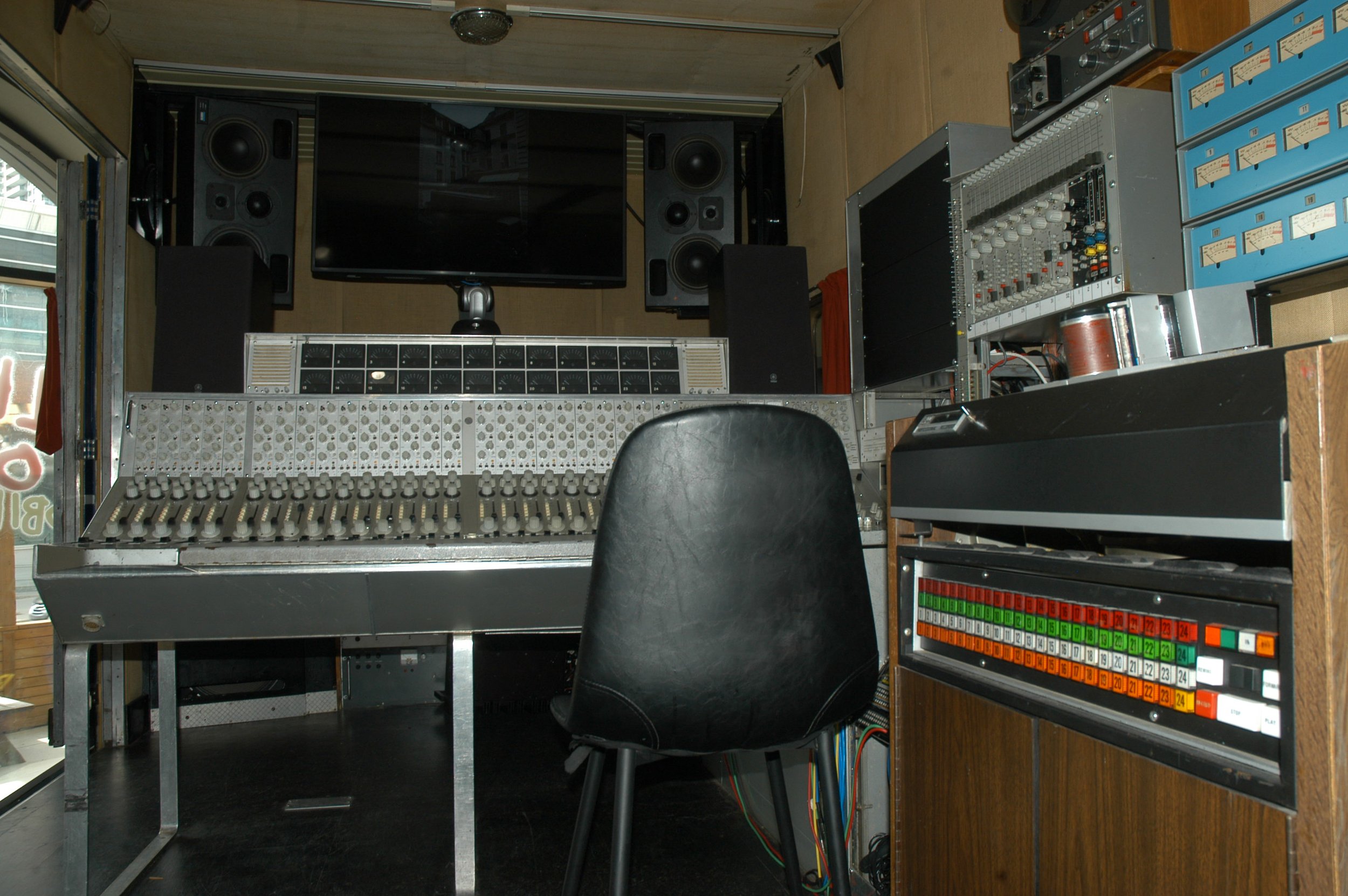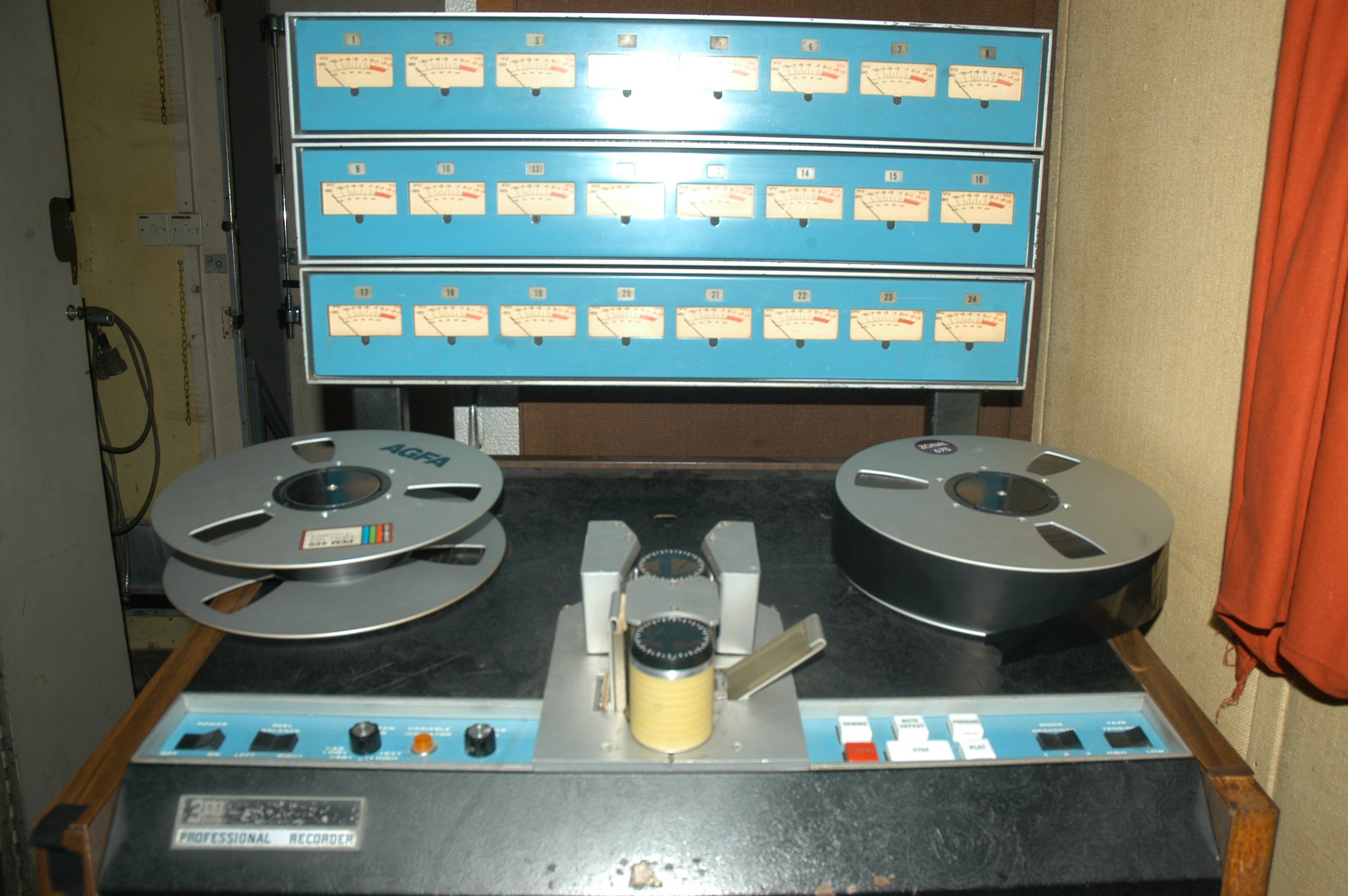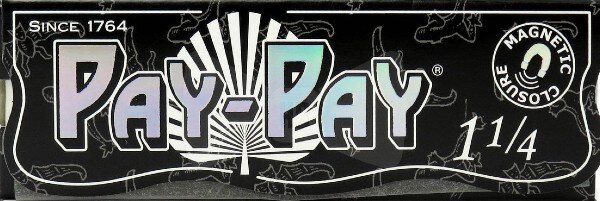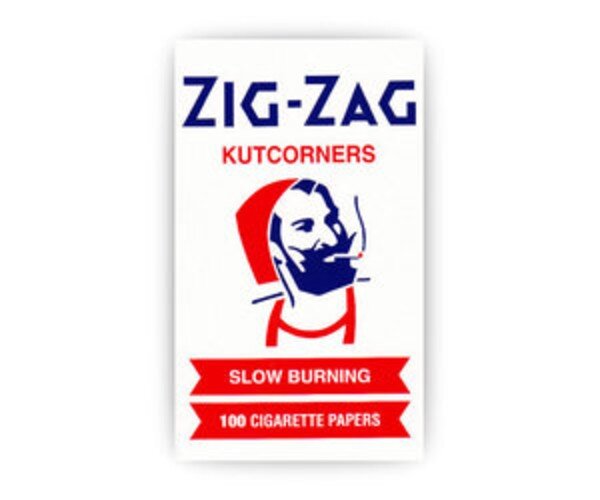This article was first published in Stratcann on May 28, 2024.
Humans have been using cannabis for thousands of years, but it wasn’t until the 1970s that we started to focus on plants producing higher and higher amounts of THC. It wasn’t until 1964 that we even knew what THC was when the molecule was first isolated by biologist Dr. Raphael Mechoulam.
Before that, all we knew was that cannabis affected us in a seemingly positive way — whether it was eaten or inhaled — and researchers weren’t sure if it was one chemical or a series of compounds causing the psychoactive effects.
According to Health Canada, THC levels in cannabis have increased “from an average of (3%) in the 1980s to around 15 (%) today.”
“Legalization in Canada and also in the U.S., the state-by-state legalization, has led to a lot of competition and that competition has resulted in improvements in agricultural practices and growing.”
JON PAGE, ADJUNCT PROFESSOR, UNIVERSITY OF BRITISH COLUMBIA
When cannabis was first legalized in 2018, around 20% THC was considered strong, but today, that number has jumped to around 30%. Some pre-rolls are now being marketed as having upward of 44% THC.
The increase in THC happened in phases over the last five decades, says Jon Page, a well-known botanist and plant biochemist who is also an adjunct professor at the University of British Columbia.
“At a certain point (in history), drug production in Lebanon and Afghanistan and India started to value THC because people were after that effect,” he said. “So there was probably this kind of low-level selection for higher THC, and that would take you up to about the 1970s. Then the globalization of cannabis kind of started, when you had hippie travellers on the Silk Road going to India and taking seeds back to wherever they were from.
“This led to the ascendency of Humbolt County, where the hippie growers in Northern California and other places too, like Amsterdam, were bringing seeds back and they were selecting seeds from places that had high potency. Then they were starting to cross-breed from there.”
Page spent several years in the cannabis sector and is a former chief science officer of Aurora. Today, he runs the Kelp Rescue Initiative in BC, a program he launched.
The push for more and more THC, says Page, was primarily the result of producers following consumer behaviour.
“I’ve met some of these guys in California who brought seeds back and started growing, and this was when people would smoke a joint and say, ‘Whoa, there’s something really there,’ they really got high,” he said.
“They didn’t need labs to tell them that, and they started crossing things and consuming different outputs from the crosses and selecting stuff.”
Along with an increase in black market growing during the 1970s came an increase in law enforcement, with the U.S. government launching the War On Drugs. That led to state policies like CAMP — the Campaign Against Marijuana Production — in California, which forced growers to take countermeasures.
One of those countermeasures was to move growing underground, leading to the advent of hydroponics and indoor grow lights during the 1980s, 90s and early 2000s.
“That pushed the plant, it had the genetic potential before, then suddenly the agricultural potential was met,” said Page. “And this was the age of BC Bud and all sorts of other places in the world that were growing high-quality cannabis, so that pushed the THC levels up into the 20-25% range.”
The latest phase is the one we see post-legalization, with investors involved.
“Legalization in Canada and also in the U.S., the state-by-state legalization, has led to a lot of competition and that competition has resulted in improvements in agricultural practices and growing,” said Page.
So how much THC can a cannabis plant produce?
One way of thinking about it is THC and other cannabinoids are found on cannabis rather than in cannabis.
Cannabinoids are produced in trichomes (from the ancient Greek word for hair) of the cannabis plant, which mainly grow on buds formed during the flowering stage.
During the first weeks of a plant’s life cycle, it grows in what is known as the ‘vegetative stage.’ During this time, it will develop its tell-tale five-point leaves, but not cannabinoids like THC and CBD.
That happens when the plant switches from the vegetative stage to the flowering stage, which is caused by a reduction in the number of hours of light it receives. Cannabis plants are often given 18 hours of light and six hours of dark during the vegetative stage when grown indoors, then that is switched to 12 hours of light and 12 hours of dark, causing it to begin flowering.
A good rule of thumb is:
Saying that cannabis is 10, 20, or 30% THC means that after the bud is dried, that percentage of its overall weight is THC.
Most botanists and plant scientists will tell you the upper limit for THC in a cannabis plant is about 30%, and the reason comes down to simple biology and logistics, says Prof. Lacey Samuels from the botany department at UBC.
“I think it’s worthwhile to consider, if you have 25% THC in a flower, what’s the other 75%?” she said.
“You’re always going to need a certain amount of cellulose and pectin and wax that wraps around the resin droplet in the trichome to keep it together in the plant … You need to have the rest of the flower to support it to do the photosynthesis, all that stuff.”
Trichomes have disc cells inside, where the cannabinoids are produced, and then there is a cap on top, “which looks like the top of a mushroom,” said Samuels.
“The breeding that’s gone on over the last 50 years probably has led to a really high density (of trichomes), compared to what would have been found back 5,000 years ago when the plant was evolving to keep off the bugs. It’s like any other kind of breeding.”
It’s the higher density of the trichomes that gives cannabis higher amounts of THC.
How much do consumers know about THC?
David Hammond, a professor in the School of Public Health at the University of Waterloo, says polling done across North America suggests about three-quarters of cannabis users have no idea what the THC level is in the products they consume.
Of the quarter who say they know, Hammond says most of those people don’t know. “They’ll give us numbers from zero to 100% for flower,” he said.
“People are a little bit better for oral liquids (oils) as some of them are more on the medical side … but in general, it’s not very good. Interestingly, for edibles, because we have that limit of 10 milligrams per package, that makes it a little easier for folks.”
As a result, most consumers “don’t even have a general frame of what’s low, medium or high,” when it comes to THC, he said.
“We’ve asked this many different ways, these are big, national surveys with tens of thousands of people. For most people it’s like throwing darts at a dartboard whether they think 30% in flower is medium, high or low.”
Cannabis being illegal for nearly a century in Canada meant people had to get it from black market dealers and other surreptitious sources, where there was no testing or quality control.
Rather than putting THC levels on packaging, Hammond would like to see something like a “THC unit” identified, so people can better understand how much to consume for a desired effect. It would be similar to alcohol, he said, where even though beer, wine and spirits have different percentages, most people understand that a bottle of beer is equivalent to a glass of wine or shot of whisky.
“The idea is to do something like that for cannabis products, so the experience is always going to be different but you have some way of comparing an edible versus flower versus a concentrate,” said Hammond.
“There’s some principles there. One principle is if you think of one standard drink, there are maybe people who have never had alcohol and if they have one drink they feel kind of drunk, but for most people, they might feel the effects, but it’s below the threshold where you feel intoxicated. We probably want the THC level at the same point. The idea is to get units or numbers that mean the same thing across products and it just gives consumers a basis to start with.”
More than a third of Canadians aged 18-24 reported using cannabis in 2023, according to Statistics Canada, along with 38.4% of those aged 24-44 and 15.5% of those 45 and above.
Canadians spent $4.7 billion on legal cannabis products in 2023, with 64.9% of that on dried flower.















